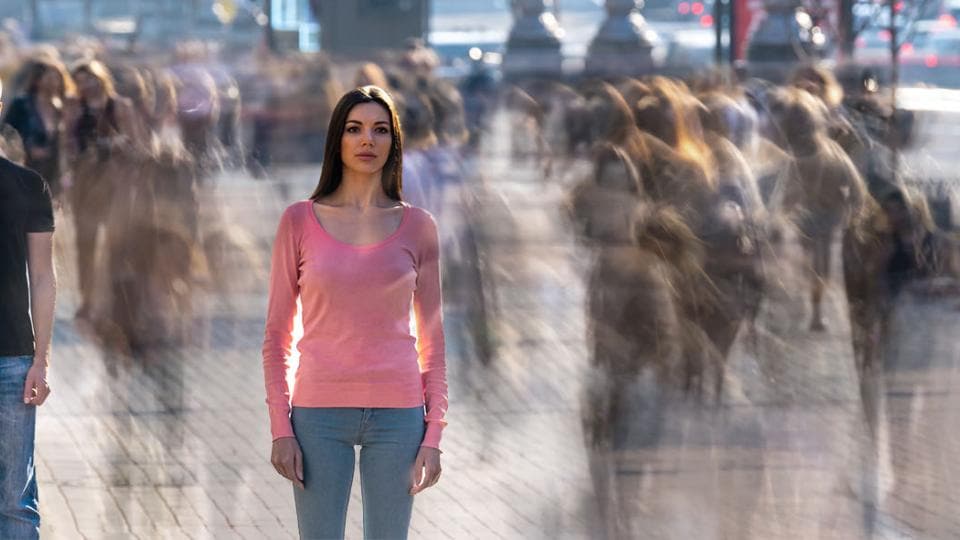How AI Can Support Radiologists

MRI and CT – these methods are widely used when it comes to making a diagnosis, be it for injuries, cancer, but also for diseases of the heart, the central nervous system or the skeleton. And they are more needed than ever: A growing and aging population as well as changing lifestyles are contributing to an increase in chronic diseases such as cardiovascular diseases and cancer, leading to a rising number of diagnostic imaging procedures. Time pressure and workload for radiologists are mounting up. Artificial Intelligence (AI) can support radiology to provide accurate and timely diagnosis for patients.
Radiology and AI
AI has the potential to radically alter the field of healthcare, with particular promise in medical imaging. What if AI could support doctors in making faster and better-informed decisions?
An estimated 286 million contrast-enhanced X-Ray/CT and MRI procedures are performed annually worldwide1 – and the demand for medical imaging to detect diseases, guide treatment decisions and support therapy planning is growing further, increasing pressure on radiologists. A particular US institution reported that their average radiologist reading CT or MRI examinations would need to interpret one image every 3-4 seconds in an 8-hour workday to meet workload demands.2 In addition, there is a shortage of trained radiologists.3 These trends contribute to the prevalence of burn-out among radiologists.4 As a result, errors may occur. A publication from 2018 speaks of approximately 40 million diagnostic errors involving imaging worldwide every year5.
To counter this successfully in the long term we need to combine human intelligence with the opportunities offered by AI. The key benefits of AI in radiology include:
- Accuracy and efficiency: AI has the potential to support radiologists in accurately and quickly analyzing medical images, to automate tedious tasks such as lesion measurements, and to automatically flag findings potentially indicative for disease. This can improve the radiology suites’ workflow, and free up more time.
- Speed: AI provides the means to turn the growing amounts of data into valuable insights in a short amount of time, which supports radiological experts in their mission to provide their patients with a correct diagnosis in a timely manner.
- Detection: AI in radiology has the potential to detect and highlight even small abnormalities in medical images that may be missed by the human eye. AI powered screening apps offer the potential to help improve prediction and aim to enable earlier intervention.
What does that mean in practice and where is the benefit of AI in radiology for patients? For example, AI can aid clinicians in the detection of lung nodules in asymptomatic patients. AI triage applications can flag suspected pathologies for prioritized reading of cases that may need urgent diagnosis and treatment, e.g. potential intracerebral hemorrhage (ICH) or large vessel occlusions (LVO). ICH and LVO can be associated with stroke.
At Bayer, we can build on a deep understanding across a multitude of diagnostic and therapeutic areas, such as oncology and cardiovascular conditions. We are committed to driving innovation in AI. Our goal at Bayer is to support healthcare professionals at all stages of the patient journey from diagnosis through treatment.
Sources:
1 Source: Bayer estimates based on various data sources
2 McDonald RJ, Schwartz KM, Eckel LJ, Diehn FE, Hunt CH, Bartholmai BJ, Erickson BJ, Kallmes DF. The effects of changes in utilization and technological advancements of cross-sectional imaging on radiologist workload. Acad Radiol. 2015 Sep;22(9):1191-8. https://pubmed.ncbi.nlm.nih.gov/26210525/
3 The Complexities of Physician Supply and Demand: Projections From 2018 to 2033. AAMC. https://www.aamc.org/media/10886/download#:~:text=Demand%20for%20physicians%20continues%20to,demand%20will%20grow%20more%20steeply.&text=By%202033%2C%20demand%20for%20physicians,full%2D%20time%2Dequivalent%20physicians.; the Royal colleague fo Radiology: https://www.rcr.ac.uk/system/files/publication/field_publication_files/clinical-radiology-uk-workforce-census-2020-report.pdf
4 Chetlen AL, Chan TL, Ballard DH, Frigini LA, Hildebrand A, Kim S, Brian JM, Krupinski EA, Ganeshan D. Addressing Burnout in Radiologists. Acad Radiol. 2019 Apr;26(4):526-533. https://pubmed.ncbi.nlm.nih.gov/30711406/; Physician Burnout in Radiology: Perspectives From the Field, Cheri L. Canon et al. (2022) https://pubmed.ncbi.nlm.nih.gov/34494444/
5 Fundamentals of Diagnostic Error in Imaging, Itri et al. (2018) https://pubs.rsna.org/doi/full/10.1148/rg.2018180021



















